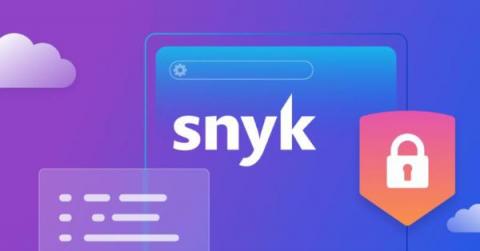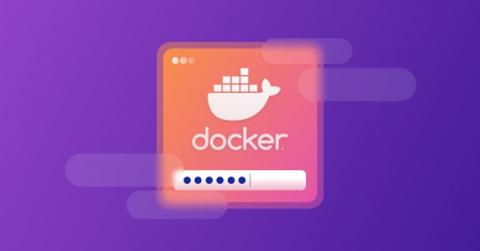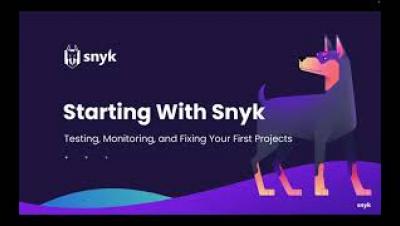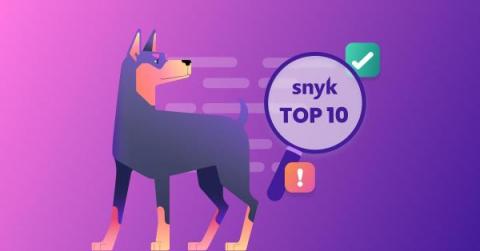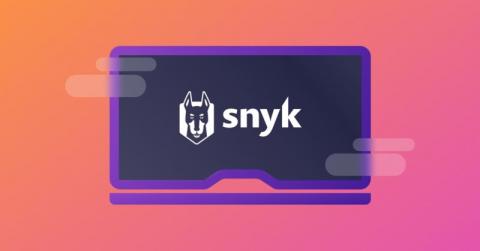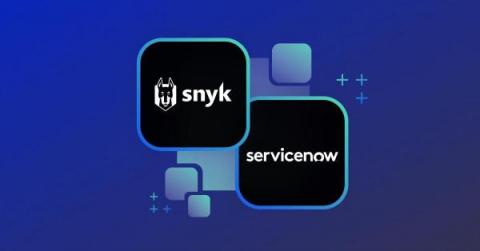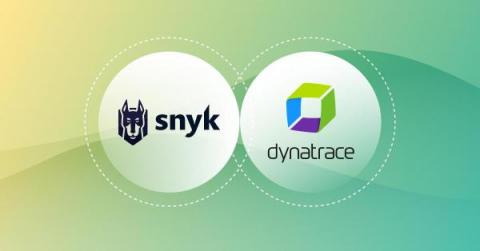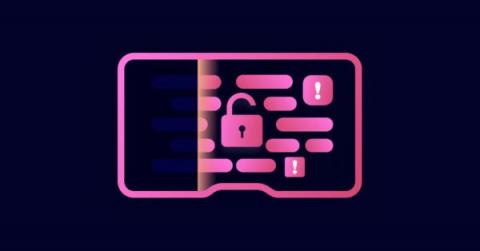Improved risk assessment with EPSS scores in Snyk
The number and complexity of software vulnerabilities is continuously growing. The ability of development and security teams to assess the threat level a given vulnerability poses and prioritize fix efforts accordingly greatly depends on access to as much context as possible about the vulnerability.


